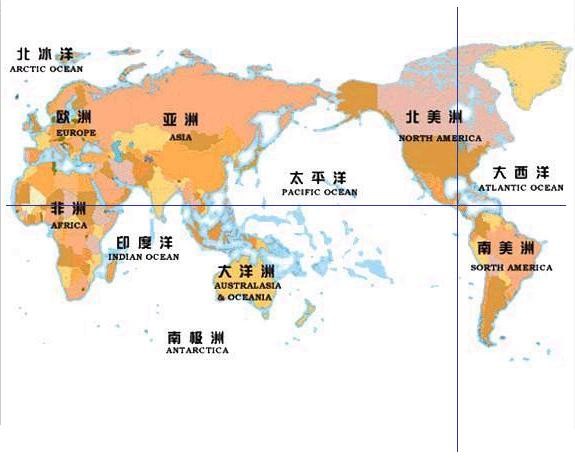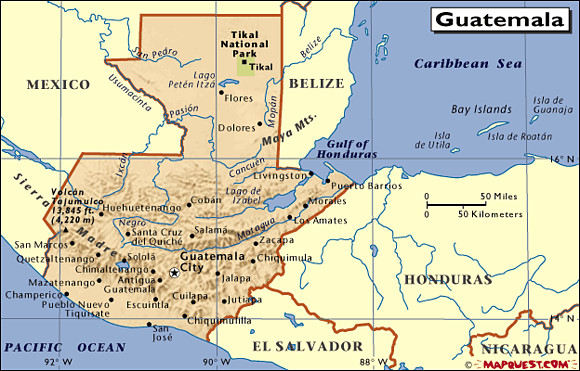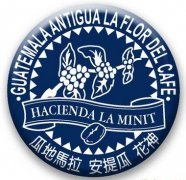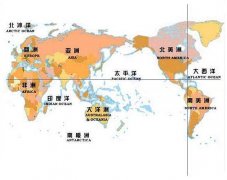Guatemala Antigua coffee with tobacco flavor
Guatemala: Antigua Coffee


Flavor and taste characteristics: rich, rich taste, with tobacco flavor.
On the menu of some high-end cafes, Guatemala Antigua coffee is definitely included in the "origin coffee" column. People who like it always think about its special smoke fragrance. Coffee created prosperity for Guatemala. Coffee continues to influence Guatemala's economy to this day.
Antigua is the oldest and most beautiful city in America. As early as 1543, Antigua was the colonial capital of Central America, and the Spanish government was also located here. After a major earthquake in 1773, Antigua was completely destroyed, so the capital was moved to Guatemala. Antigua City is about 40 kilometers west of Guatemala City. Colonial buildings were destroyed by the earthquake. After the earthquake, the original state was preserved as a whole. It can be said to be a living historical museum. Antigua coffee is grown in Antigua, on the slopes of the volcanic heartland, where it grows naturally in the rain and sun.
Antigua coffee dates back to the Mayan civilization. Due to volcanic eruptions, the soil here is more nutritious, and sufficient sunlight and moisture also make the coffee produced excellent quality. Most importantly, the residents here insist on growing Arabica bourbon coffee, although the yield is small, but the quality is better. Antigua's inhabitants, who grow coffee on a large scale, like to harvest it all at once and use the ancient sun method to remove the skin and pulp from the coffee fruit. People pluck ripe fruit and unripe fruit together, even mixing leaves with them and spreading them out in the sun. When spread on the ground for a long time, coffee beans easily absorb the impurities of the soil, so they often have an odd salty taste. The taste is often unbearable to first-time tasters, but people who are used to it like it. Coffee farmers in Antigua earn very little. But they themselves say that even if they are poor, they still feel happy because of coffee.
Antigua coffee tastes soft, aromatic alcohol with a slight charcoal flavor, as if the sweetness of chocolate and smoke mixed together. This charcoal-burning incense sticks to nearby areas and erupts every 30 years, allowing coffee trees to soak up the nitrogen gas that erupts during major eruptions. Because of this unique charcoal-burning aroma, Antigua coffee is also known as "cigarette coffee". In fact, coffee produced in other countries near volcanoes also contains similar smoke, but not as pure as Antigua coffee. Almost all coffees produced in Antigua retain this unique smoke flavor to the greatest extent. Among them, the most authentic coffee is produced in Kamana Farm, which has always been considered the best coffee in Antigua. It has fuller particles, stronger smoke, and a slightly sour aroma, which is more complex than other coffees. Antigua coffee has a strong aroma, even if you don't drink it, just smelling the aroma is already a kind of enjoyment. Antigua coffee has a rich and velvety body, rich and lively aroma, and fine acidity. When the seductive aroma lingers on your tongue, it implies an indescribable mystery. On the first sip, you may feel bland, but as the coffee cools, you'll find it slightly sweet and be pleasantly surprised by its depth. When tasting Antigua coffee, you can taste it with cocoa powder, which can make Antigua coffee taste smoother and softer.
The Mayans disappeared, but they left the world with great coffee.
Important Notice :
前街咖啡 FrontStreet Coffee has moved to new addredd:
FrontStreet Coffee Address: 315,Donghua East Road,GuangZhou
Tel:020 38364473
- Prev

Antigua Coffee, Guatemala (Guatemala Antigua)
Coffee was really introduced into Guatemala in 1750 by Father Jesuit, where the coffee industry was developed by German colonists at the end of the 19th century. Today, most of the coffee industry's production takes place in the south of the country. Guatemala has seven main coffee producing areas: Antigua (Antigua), Cobain (Coban), Lake Attilan (Atitlan), Vevetnango (Huehuetenango)
- Next

Cuban Coffee West Indies Crystal Mountain Coffee
Cuba: Crystal Mountain Coffee flavor and taste characteristics: full of particles, uniform taste, the Republic of Cuba is located in the West Indies, has a detached and primitive natural environment, the beautiful Caribbean Sea and the world-famous Crystal Mountain Coffee. In 1748, coffee was introduced into Cuba from Domiga, and Cuba began to grow coffee ever since. The land in Cuba is fertile and the climate is humid.
Related
- Detailed explanation of Jadeite planting Land in Panamanian Jadeite Manor introduction to the grading system of Jadeite competitive bidding, Red bid, Green bid and Rose Summer
- Story of Coffee planting in Brenka region of Costa Rica Stonehenge Manor anaerobic heavy honey treatment of flavor mouth
- What's on the barrel of Blue Mountain Coffee beans?
- Can American coffee also pull flowers? How to use hot American style to pull out a good-looking pattern?
- Can you make a cold extract with coffee beans? What is the right proportion for cold-extracted coffee formula?
- Indonesian PWN Gold Mandrine Coffee Origin Features Flavor How to Chong? Mandolin coffee is American.
- A brief introduction to the flavor characteristics of Brazilian yellow bourbon coffee beans
- What is the effect of different water quality on the flavor of cold-extracted coffee? What kind of water is best for brewing coffee?
- Why do you think of Rose Summer whenever you mention Panamanian coffee?
- Introduction to the characteristics of authentic blue mountain coffee bean producing areas? What is the CIB Coffee Authority in Jamaica?

